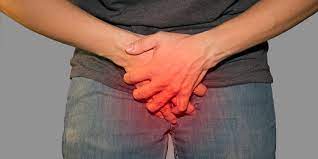At the beginning of the second quarter of this year 2022, a cumulative total of 37 human cases of Japanese encephalitis had been reported to the WHO, counted since December 2021, in four Australian states. This outbreak represents the first cases of local transmission detected in mainland Australia since 1998. The number of cases and deaths reported in 2022 is particularly high when compared to the fifteen cases reported in Australia in the ten years prior to this outbreak.
The Japanese encephalitis virus infects both humans and animals and has been detected in 2022 in animals in Australia. JEV is not transmitted from person to person or by eating meat from an infected animal, so the probability of international human-to-human transmission of the disease is low.
In Australia in early March this year, affected farms had suffered unusual levels of reproductive loss and neonatal deaths.
The virus infects numerous species of wild and domestic animals, but only a small number of animals develop the virus in their blood to infect the mosquito vector, increasing transmission. In a natural habitat, birds such as herons and egrets are the main amplifying host birds, although pigs can also infect vectors.
According to the WHO, medical, veterinary and environmental investigations have begun with the aim of investigating the possible causes of this outbreak of JEV transmission in Australia for this year.
Transmission of Japanese encephalitis increases during the rainy season. Globally, there is still no evidence that JEV transmission increases after major floods.
People infected with Japanese encephalitis may have mild symptoms or be asymptomatic. Although some cases are serious and can cause permanent detriment or possibly death.
Severe cases of encephalitis can cause the following symptoms: high fever, severe headache, stiff neck, seizures, trouble communicating (speaking or listening), etc.
According to WHO recommendations, it is first to promote public awareness of JEV in affected states and the implementation of measures to eliminate potential mosquito breeding sites, reduce vector populations and minimize individual exposures. Promote personal protection measures after dark with the use of mosquito repellent and mosquito nets.
Vaccination against Japanese encephalitis should also be encouraged wherever this disease is recognized as a public health priority.






